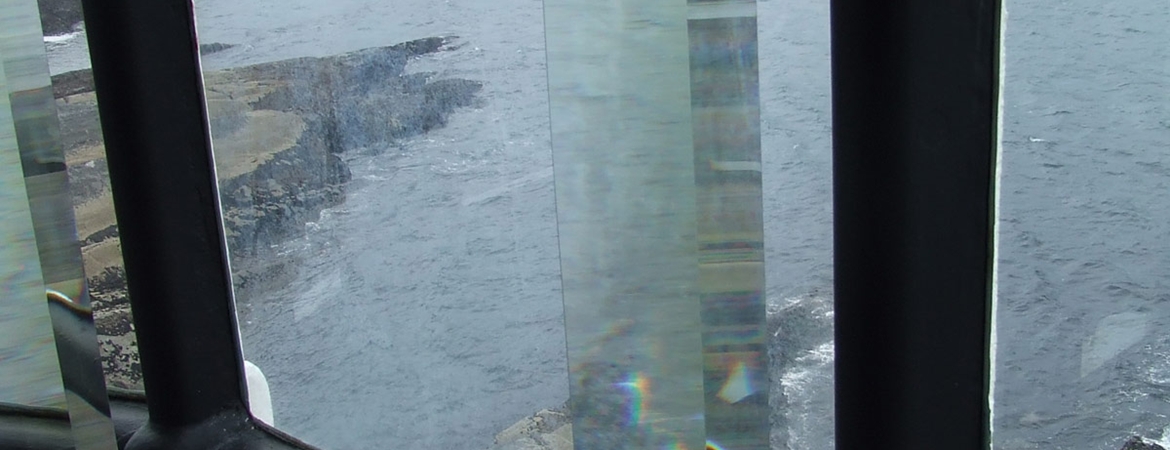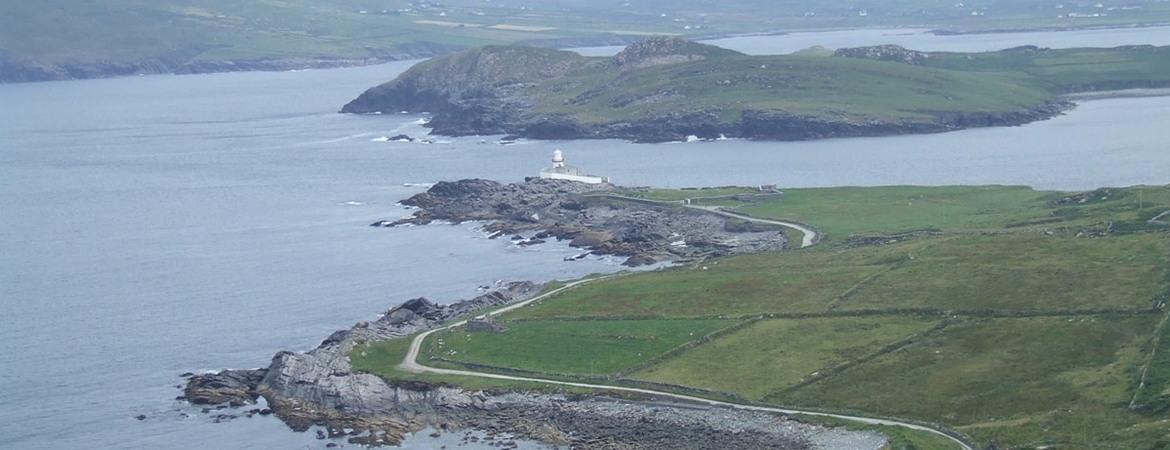 |
Cromwell Point Lighthouse is one of 70 lighthouses operated by the Commissioners of Irish Lights around the coast of Ireland and plays a vital role in maritime safety. It is also one of twelve lighthouses which make up Great Lighthouses of Ireland, a new all-island tourism initiative. Visitors from home and abroad now have the chance to visit or stay in a lighthouse and to find out about our history and heritage, to appreciate the spectacular natural world around us, to discover the technology at work today and to engage with our coastal communities. With aspects to appeal to people of all ages and interests, Great Lighthouses of Ireland offers memorable and enriching experiences and creates appreciation of the role of lighthouses past, present and into the future. To find out more about Great Lighthouses of Ireland click here |
History
The light was originally applied for on 30 March 1828 by Right Honorary Maurice Fitzgerald, Knight of Kerry, and was ordered by the Ballast Board for consideration as soon as other heavy works, then in progress, were disposed of.
In February 1837 the notice of the Board was again called to the subject by Maurice O'Connell Esq., following which the Board's Inspector of Works and Inspector of Lighthouses, George Halpin, on inspecting the locality, recommended that a light be placed at Cromwell Point.
Trinity House sanctioned a light in April 1837 and works were then begun according to the design of George Halpin Senior and built by the Board's workmen.
The tower is of cut stone, painted white, and the light is 54 feet above mean high water springs. The old walls of the fort were mostly retained and only where necessary were any alterations made. The light was first exhibited on 1 February 1841 over a year before the whole establishment was completed. When first established the light was fixed white, 2000 candlepower, and could be seen for 12 miles in clear weather. The cost at the end of 1842 was £10, 846.17.11.
In 1947 a carbide-water acetylene generator was installed to provide gas for the light, and the station was converted to unwatched automatic. The new light was put onto operation on 4 November 1947, the light being altered to flashing red (102° - 304°), with a white sector clear of Harbour Rock (304° - 351°). The character was flash 0.5 second, dark 1.0 second. The candlepower remained the same in the white sector but would have been less than 1,000 in the red. Originally staffed by a single Keeper, with automation the Keeper was withdrawn and a part-time Attendant was appointed to look after the station.
An improvement in the light came with electrification on 8 July 1966, when the candlepower in the white sector was increased to 34,500. The character was slightly altered to Fl 2s by increasing the dark time to 1.5 second, the flash remained at 0.5 second. The range of the red sector was increased to 15 nautical miles. A standby generator comes into operation if the ESB supply fails.
On 30th November 1995 the sectors were changed to Red (304° to 351°) and White (104° - 304°).














